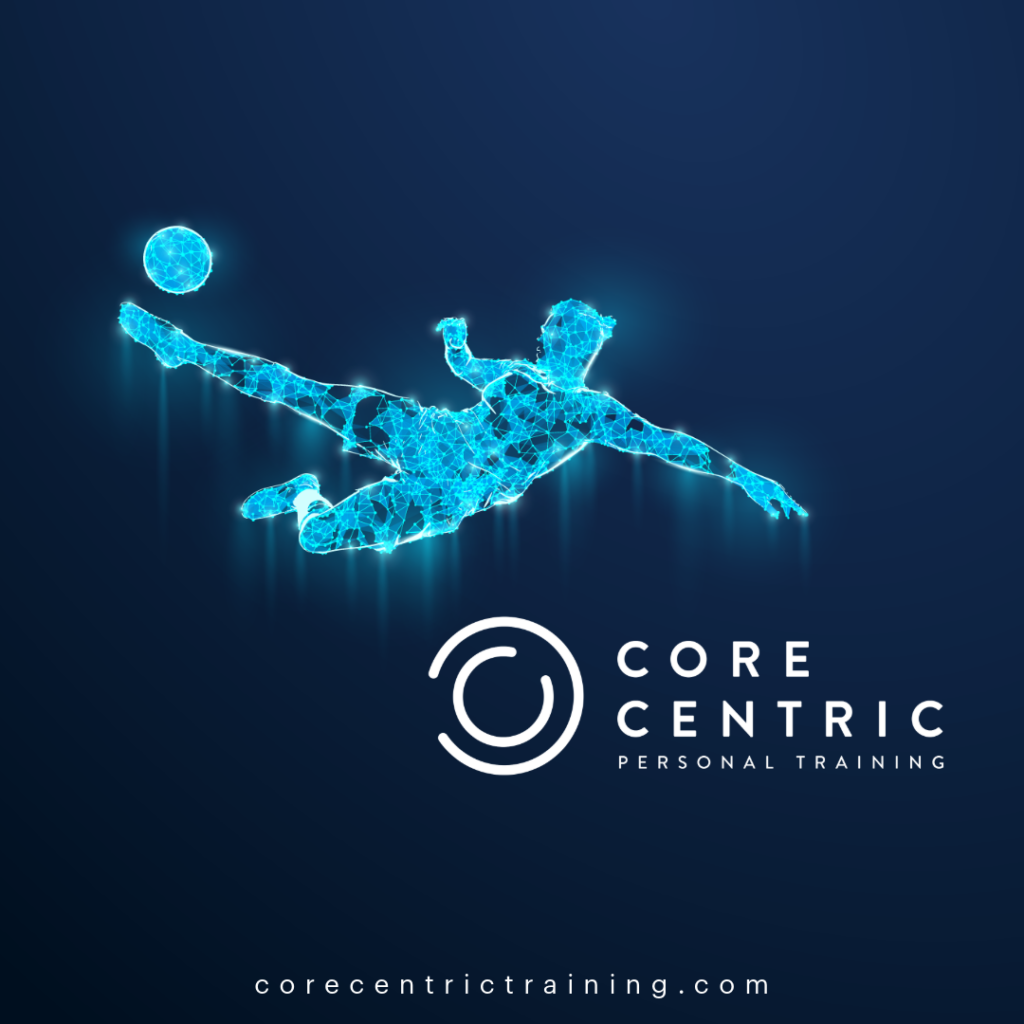By Michelle Reed and Sandi Silagi
Here’s how it begins. Parts of your body start to work just a bit differently. But the changes are small, and you’ve adjusted to them.
Things like: You’ve started to sit down when you put on your shoes. It’s so much easier to wear slip-on shoes, you never wear tie-up shoes anymore …
It could be you’re holding the railing differently when you’re on the stairs. Your forearms feel tighter, your grip is not as strong; sometimes it’s hard to open your hand all the way. It’s upsetting, but you’ve learned to live with it; it’s probably an inevitable part of aging.
Or maybe you’re young, but you had an accident. Now, you have pain in your lower back or legs, you’re walking up the stairs with the same foot always leading, and there are some movements you think you should be able to do again, but figure it must be the new normal.
Your job or hobby could also be contributing to the problem. Sitting at a desk constricts your arms and shoulders, making your neck tense. Because of that, your upper body can be stiff almost all the time. Or, after years of playing tennis or other sports, you may have a perpetually painful elbow or shoulder.
It’s very common to not pay attention to these small changes until you’re in chronic pain and it becomes a real problem.
It’s also common to assume that your trouble is due to a muscle or joint injury or weakening, but these situations all point to an issue with your fascia. There are multiple reasons why fascia becomes restricted. Repetition, hormones, and injury, to name a few. Nevertheless, fascia is living tissue and can be restored.
What is fascia? It’s the three-dimensional matrix that outlines your entire body to provide your internal support. According to Johns Hopkins Medicine, “Fascia is a thin casing of connective tissue that surrounds and holds every organ, blood vessel, bone, nerve fiber, and muscle in place. The tissue does more than provide internal structure; fascia has nerves that make it almost as sensitive as skin.”
Fascia is highly structured and multi-layered; it is built from cells, hydrating fluids, and the fibrous proteins, collagen, and elastin. Within this extracellular matrix, collagen and elastin weave together to provide dynamic tension and compression that absorbs and transfers impact through your body, ensuring that your long muscle chains work together properly.
Why should you care about your fascia, especially if you’re exercising and generally taking good care of yourself? Because it’s actually not your muscles that are absorbing the day-to-day forces playing out on your body; it’s your fascia. Also, your fascia is responsible for your spinal stability and your ability to integrate with your core muscles. It is your leverage for movement and strength.
It’s your fascia that adapts to the repetitions and loads the body takes on. It models itself to these patterns. Repetitive use causes dehydration in the fascia. Dehydrated, stiffened, and thickened fascia can easily become a chronic issue. Repetitive use affects most of us. It is part of why cross training is so important for athletes, as well as getting up from your chair every so often for office work. Repetitive use causes stress on the body.
According to Johns Hopkins, “Healthy fascia is smooth, slippery, and flexible.” Fascia that’s under stress becomes stiff, sticky, knotty, or even crunchy. When you get aches and pains, or areas that become hard to move, that’s your fascia adjusting to its new constricted reality. Without restorative work to help rehydrate the fascia and restore its pliability, you’re going to be less flexible, you’re not going to balance as well, and your reflexes will slow down.
There are things you can do to help your fascia recover; most well-known are physical therapy, massage, acupuncture, and yoga. At Core Centric, we are movement specialists and recommend that you talk to your doctor before starting any exercise program. We focus on building awareness to reduce the chance of injury and chronic conditions from happening.
The Core Centric System uses foam rolling, dynamic full-body movements, and other conscious body adjustments to increase somatic awareness and calm the nervous system, rehydrate the fascial body, and restore the efficiency of movement patterns. Our system sets you up with exercises and movements you can do on your own.
This restorative work is not a replacement for cardio or resistance training, and often includes cardio and resistance training. Having supple and soft tissue is a great way to make those exercises work more efficiently for you, and to help you move better and feel better. Some of our clients are incredible athletes, but they come to Core Centric so they can keep on being an effective athlete. Other clients exercise moderately and find that working with Core Centric helps them maximize their current fitness level.
If you want to improve and maintain your quality of life through movement, and are intrigued by the idea of becoming more proactively aware of what your body needs to move and feel better, please contact us at info@corecentric.com for a free consultation. We will make recommendations based on your individual needs, at a range of price points. Our services include classes, personal training, buddy classes, and workshops. If you have Medicare Advantage, call FitOn and maximize your with credits towards Core Centric classes.

